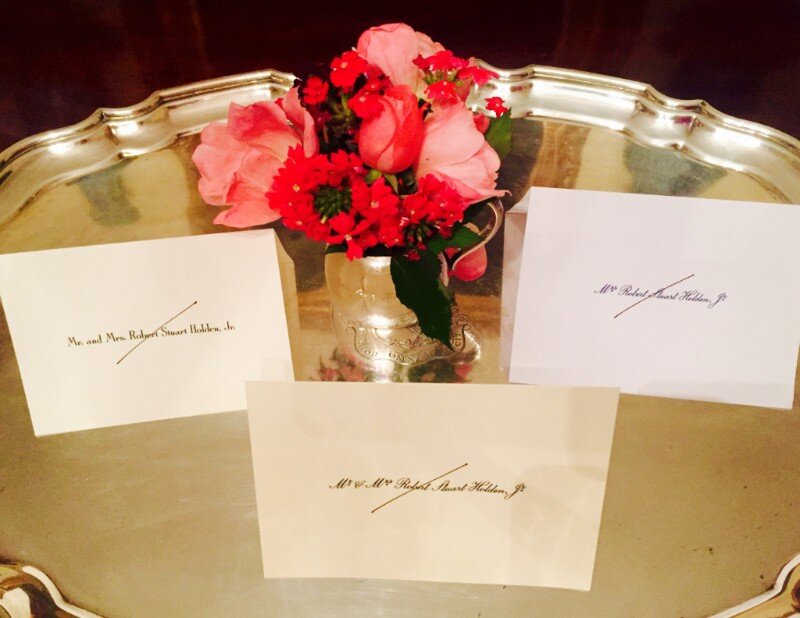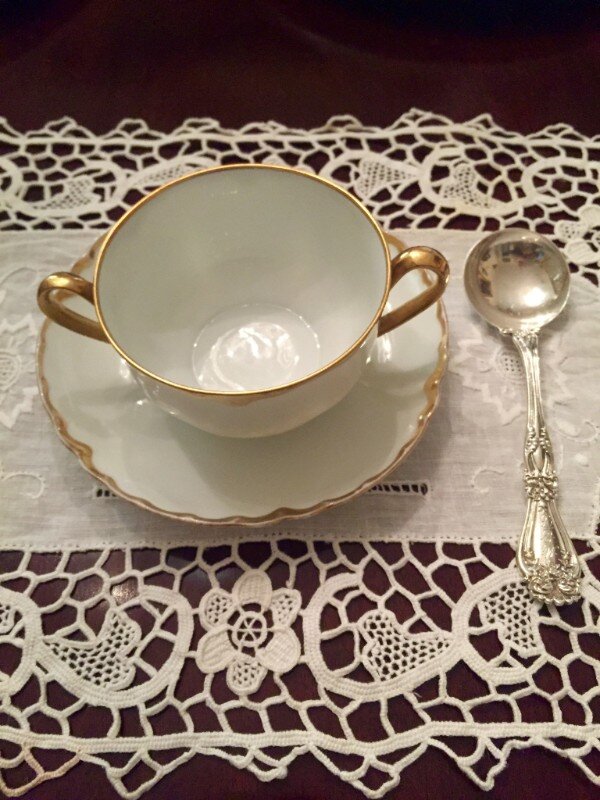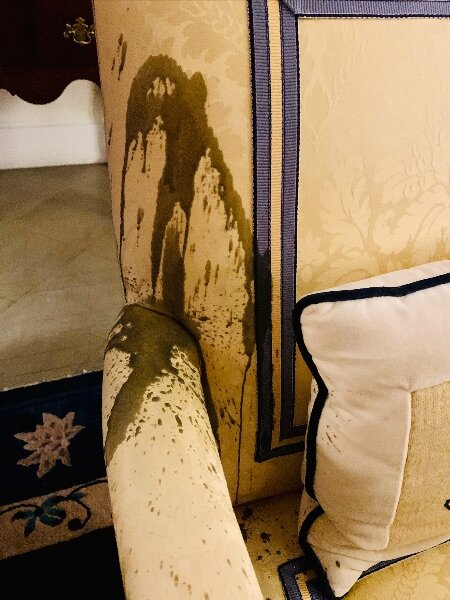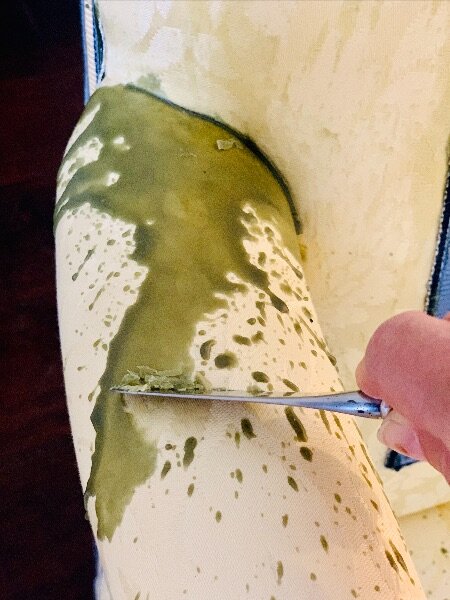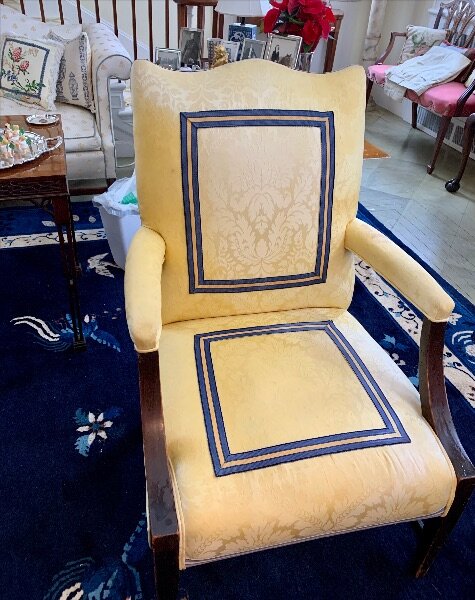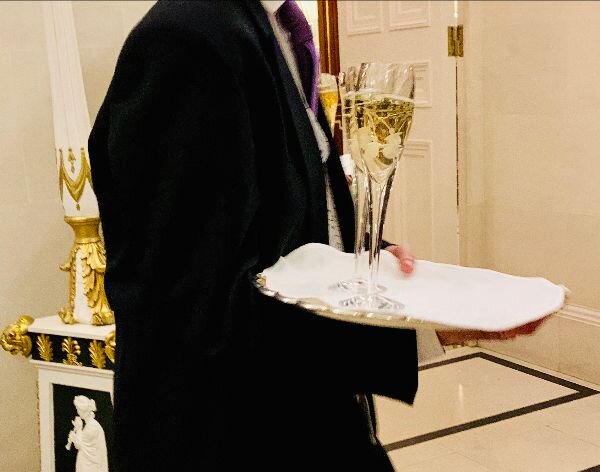Over the years, collections of note cards grow! It's a delight to have a variety from which to choose. A thoughtful gift for your children at any age is custom writing paper. Start the tradition of writing their thank-you notes as soon as they can hold a crayon and scribble a picture.
I can hear Mummy now, especially in the days before Christmas. "Always have an attitude of gratitude... it will serve you well your entire life!" An attitude of gratitude most certainly extends to thank you notes. The gracious gesture of sending a thank you note is an unexpected gift which expresses, in writing, how much you appreciate what another person has given or done for you. I like to think of it as a handmade, sparkling gem you are giving someone. It is tangible and will be most appreciated and meaningful to the recipient. Some thank you notes are cherished and kept by the recipient forever... I know that I have kept many of mine.
Thank you notes are handwritten, not typed or emailed, and a stamp and some form of writing paper (to be discussed in future newsletters) are required. They are written with a fountain or rolling ball pen, in blue or black ink. These days, they can also be written in an amusing color, like pink! If the recipient lives close enough, then by all means, hand deliver the note.
A thank you note should ideally be written and mailed out within 48 hours of receiving a gift, a kind gesture, attending a celebration or enjoying time spent with someone. The more specific your note is, expressing details about the event or why you are so appreciative, the better! The same 48 hour rule is also applicable in responding to an invitation. Polished politeness means making the effort to R.s.v.p. within 48 hours of receiving the invitation. Think of an invite as a gift… one that you are grateful and excited to receive.
A "bread and butter note" is an old-school way of referring to a thank you note sent to someone for their hospitality!
In England, stationery or notepaper is always referred to as writing paper.
Sign up for Mummy’s Monday Manners to receive new sparkling tips about etiquette and classic design every week, along with a free download of Holly’s Elegant Entertaining e-book.
Forbidden Faux Pas
No-no: To buy writing paper or a card that has "thank you" already printed on it. You are writing a note to say thank you, so there is no need to have the stationery company print it on the paper for you.
No-no:Starting a note with the word "I." This gives the impression that you are more important than the person you are writing to.
No-no: Starting a note with the words, "Thank you." Instead, make the effort to explain what you are thanking the recipient for, and then express your thanks.
No-no: To think that an email thank you note is a sufficient expression of gratitude after attending a dinner party. The amount of time and effort a hostess puts into a party solely for your pleasure should inspire you to take a few moments to acknowledge her with sincere recognition by writing a note.
No-no:To think that brides have up to one year to write a thank you note. A thoughtful bride will write one within three months of receiving a wedding gift.








